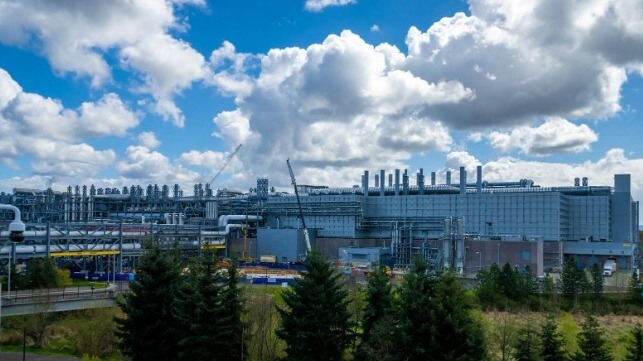Delicate Supply Chains Adjust to Semiconductor Industry's Relocation

As the world has become digitized, semiconductor manufacturing has grown into one of the most critical industries of our time. It is not just an industry that sells microchips as a commodity, but a delicate manufacturing operation consisting of one of the world’s sophisticated supply chains.
DHL, the global logistics multinational, has released a new report underscoring tremendous disruptions in the semiconductor industry. The report aims to examine new efforts to shift chip production capabilities to new areas and the logistical implications behind this push.
Since the Covid-19 pandemic started, chip shortages have been a common phenomenon. In fact, Deloitte Consultancy estimated that semiconductor shortages drove revenue misses of more than $500 billion worldwide in 2020 and 2021, with lost auto sales of more than $210 billion in 2021 alone.
In October, the U.S. issued new sanctions targeting the Chinese semiconductor sector, specifically manufacturing of advanced grade microchips. The new rules prohibits US nationals from supporting the development and production of microchips at China-based advanced semiconductor fabs without a license.
With advanced microchip fabs depending heavily on American and Chinese engineers with American Green cards, another disruption could be in the offing, at least in the short-term. While the US traditionally leads in research, design and development of microchips, most of the fabrication process happens in Southeast Asia, specifically China, Taiwan and South Korea. These disruptions bring the resilience and reliability of semiconductor supply chain into question.
In addition, as Western governments enact policies to support local chip production, the semiconductor value chain is also expected to shorten. For example, big players in the sector such as Intel, Samsung and TSMC have all announced plans to transfer their production from Asia to Europe and the US. Consequently, their suppliers will likely set-up nearby, requiring creation of new logistical capacity. Several analysts are already predicting a surge in warehousing services near semiconductor facilities.
The DHL report identified several options to enhance supply chain resilience for semiconductor companies.
One of them is digitization to improve flow of information across a company’s supply chain. Encouragingly, most companies are in an overdrive to digitize their supply chains. One of the key lessons of the recent disruptions is on integration of data from multiple systems across geographies and external partners.
In line with this, some companies are now establishing dedicated data control towers to monitor and manage their integrated and digitized supply chains. Essentially, these control towers are meant to achieve clear view of the end-to-end supply chain, allowing companies to detect shortages and delays.
The other factor is on building stronger partnerships with suppliers. In a world of scarcity, uncertainty and disruption, having closer relationships and strategic partnerships with key suppliers is beneficial.
As semiconductor companies move out of Asia, creating new manufacturing lines and scaling up to full production, closer collaboration with suppliers and logistics service providers is required, DHL concluded.
